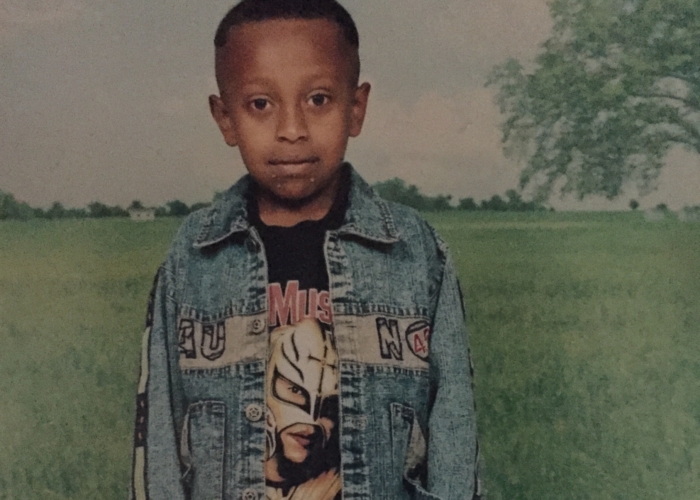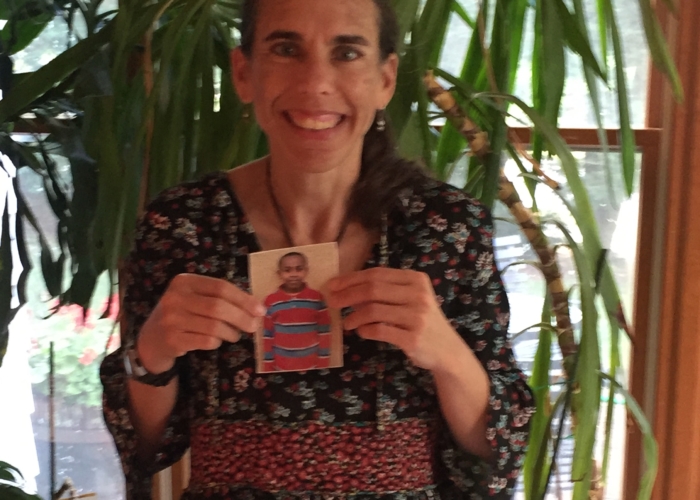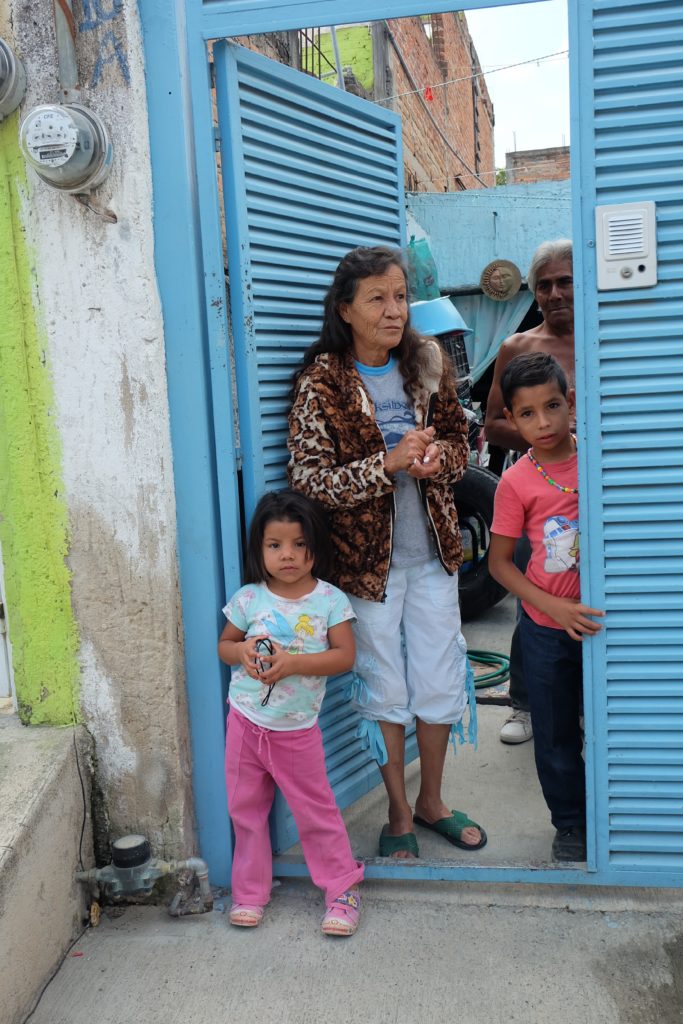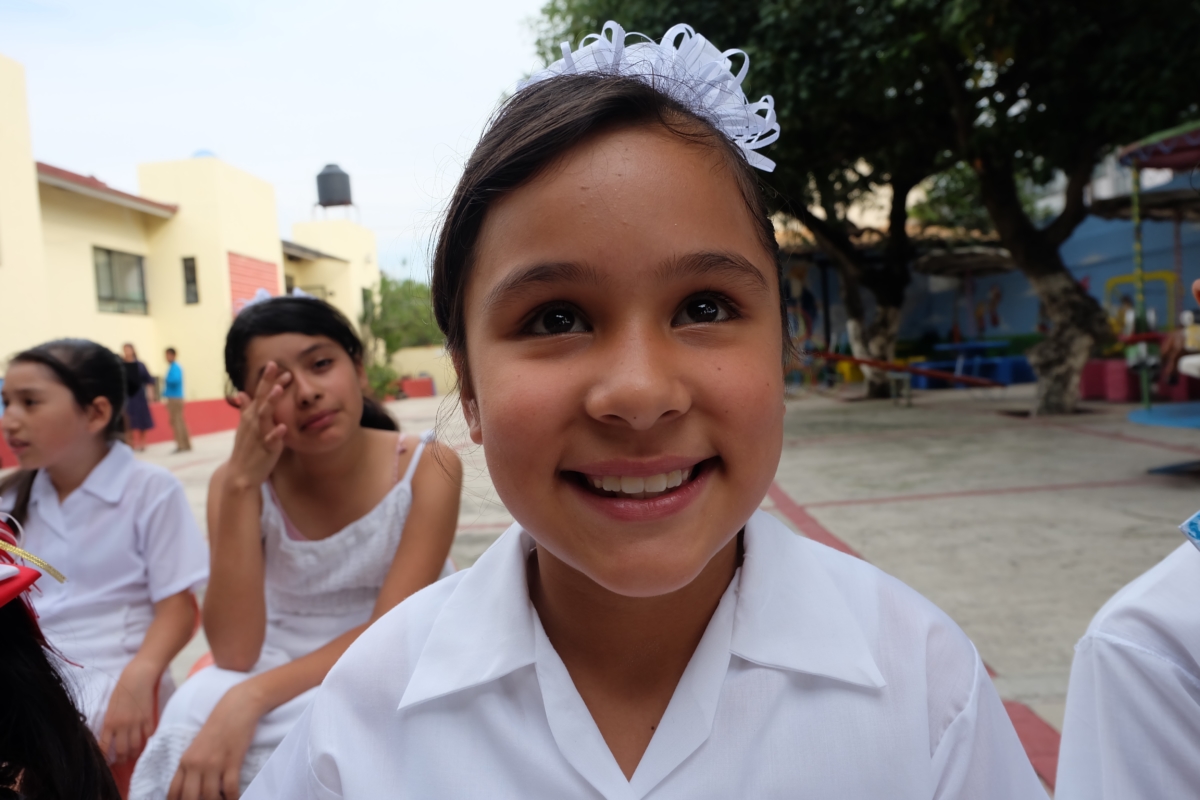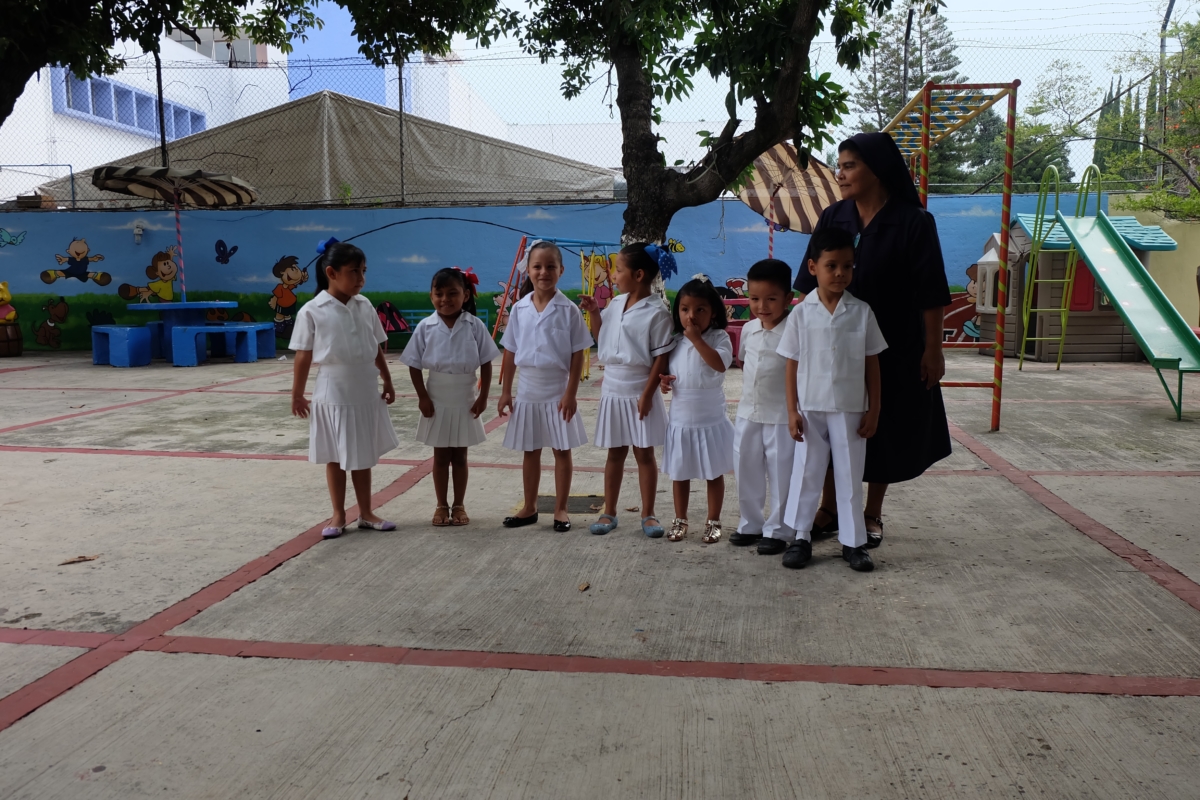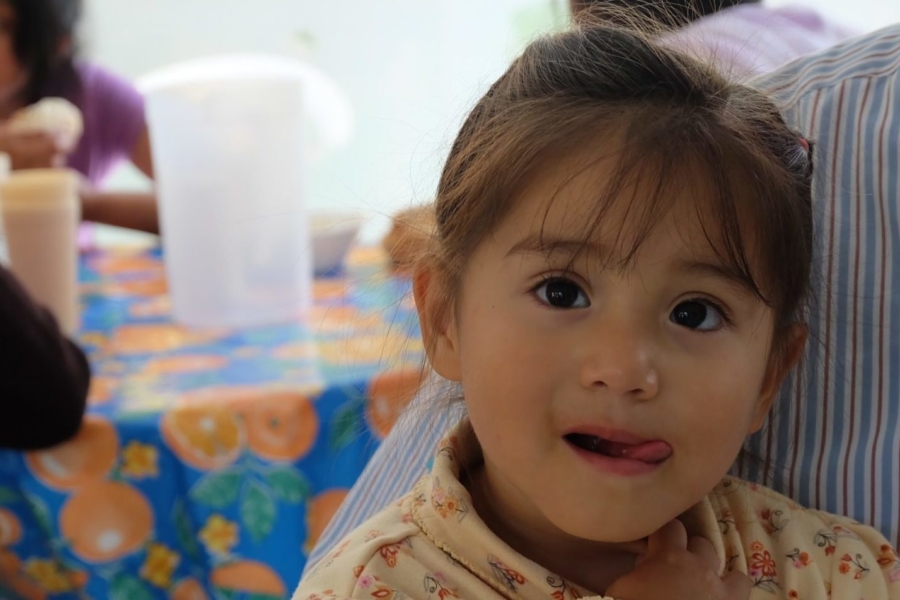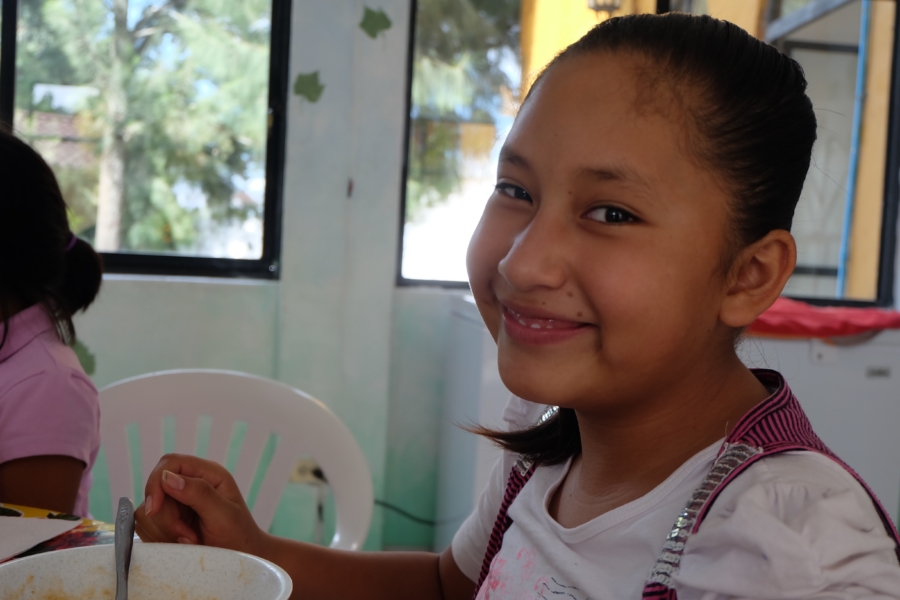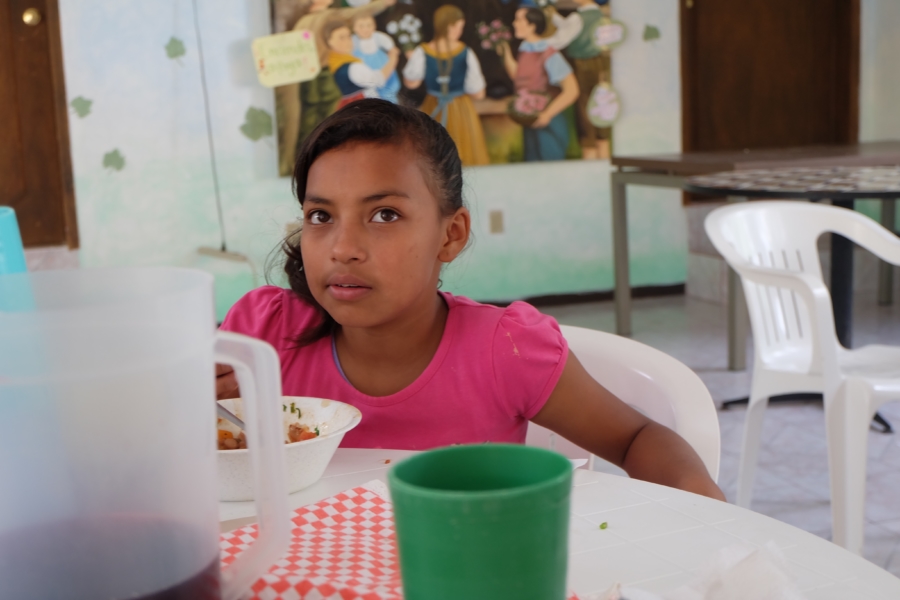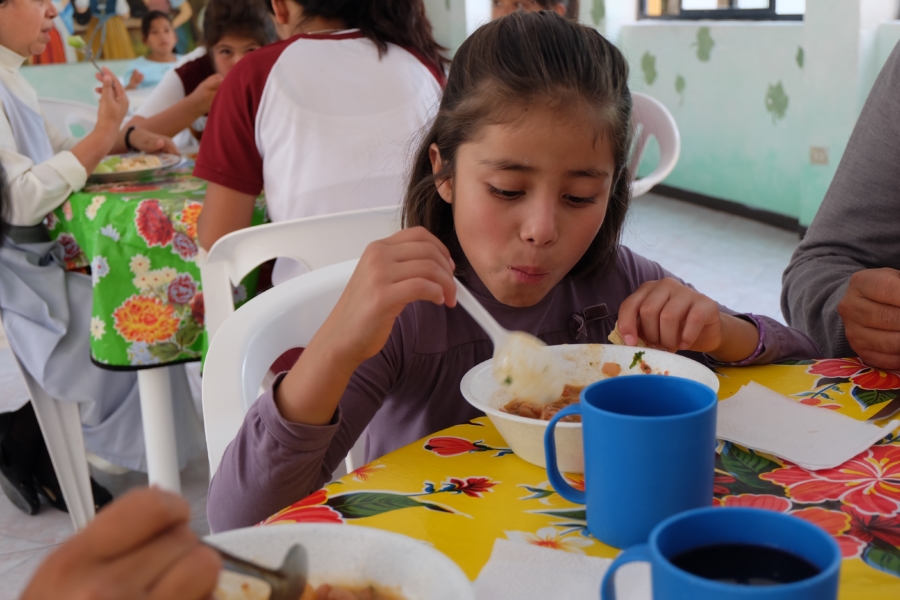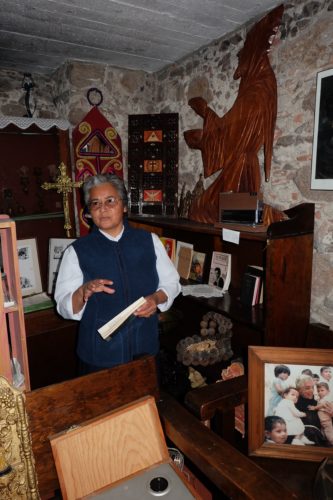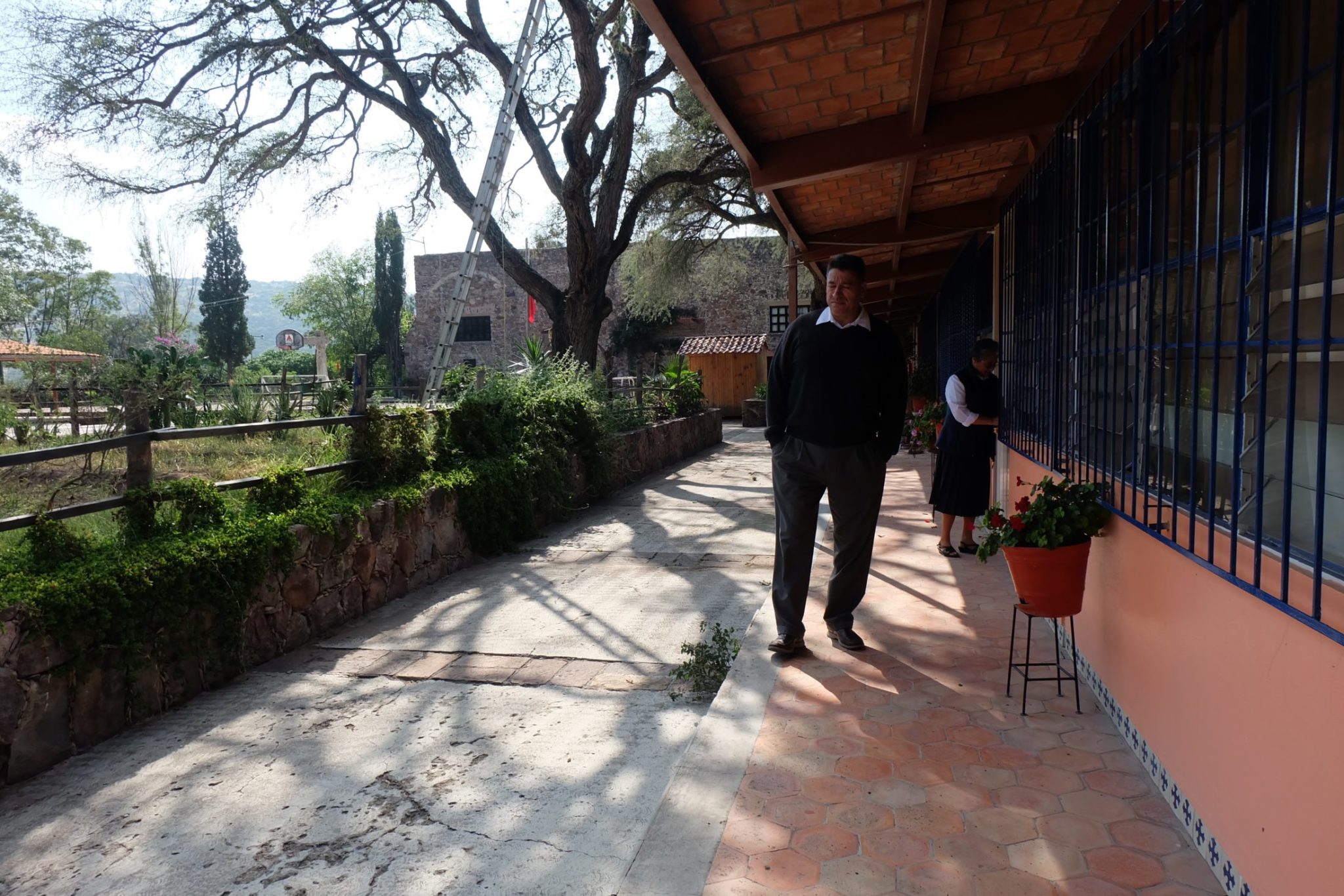Let’s get right to it: We would be nowhere without your support. Sponsors make it possible for Children Incorporated to help hundreds of thousands of children around the globe rise above poverty.
Kids like Abel, the tenth grader that I and Luis Bourdet visited last June in Ethiopia, depend on sponsors for supplies and flourish because they know someone out there cares about them. Abel is in the top five of his class!
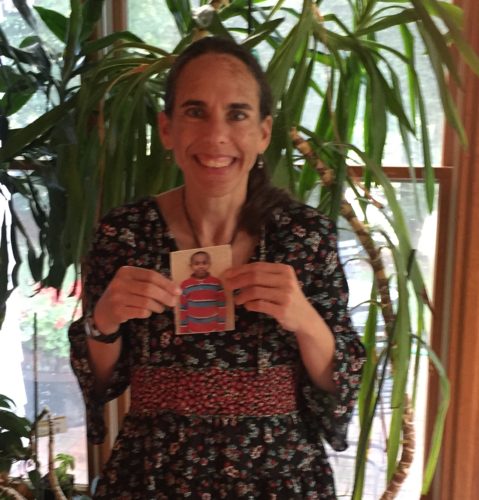
Sabrina holding a picture of Abel
We contacted Abel’s longtime sponsor, Sabrina Timperman, about her connection to Children Incorporated and her relationship with this rising star. Timperman is a veterinarian and lives in Manhasset, NY.
Q and A with Children Incorporated
CI: Why did you get involved with Children Incorporated?
ST: When I was a little kid, I remember watching commercials on Saturday mornings about sponsoring a child. I’d always tell my mom I really wanted to sponsor a child, but we never did. Still, the commercials stuck with me. I decided as soon as I was able, I would do it- and I did. I signed up in 2007 when Abel was very young. I always wanted children but never had any myself. Instead, I saw an opportunity to help a child in need.
CI: Did you specify specific characteristics of the child you wanted to sponsor (age, gender, country) or was Abel assigned to you without specifications?
ST: I was assigned Abel at random. I searched online for Children Incorporated and signed right up. I’ve never looked back.
I searched online for Children Incorporated and signed right up. I’ve never looked back.
CI: It’s been almost ten years-what have you learned about Abel?
ST: Abel is 16 and in the tenth grade. He loves math and wants to be an engineer someday. He’s very smart and could go far if given the opportunity. He lives with his sister and mother in a government-owned house in the slums that costs about $35 a month to rent. His mother supports the family by selling small, plastic housewares and dishes on the street.
CI: What do you know about the slum where Abel lives?
ST: Someone in his family is sick, and I know that some of the things that I send are making a big difference. I hope it helps him survive in a world that is very harsh. They don’t have a lot. The money is providing him with food, clothes, books, and school.
CI: Do you communicate with him directly?

Abel’s school photo as a young boy
ST: Yes! He writes letters to me in English. His letters are short, but I cherish them. Abel tells me which sports he likes, like basketball. He has a sister; someone in his family is sick but not sure whom. I’ve always wished we’d had been able to contact each other more. I know he goes to school and studies hard.
CI: What do you wish for Abel?
ST: I have this vision that in 30 years from now when he is an adult, one time before I die, I would love to see him. It is so interesting to be with someone for so long having never met them. I’ve watched him grow up. I have his pictures in my room of him getting bigger and bigger. I hope I have given him a chance at a better life.
CI: What advice would you have for someone who is reading about you and Abel, and is considering sponsorship?
ST: I think that it is extremely rewarding; it is money well spent. I could go buy myself a latte, but this small amount of money is changing someone’s life, and it is the difference between that child eating or not- and we all have to do our part in making others lives better and this is a meaningful way to do that. You walk away going, “I changed someone’s life today, and I helped give them something that they wouldn’t be able to get in another way”. The money is helping to make a difference and that is important even if you don’t ever meet the child. It’s a little money for all of us, but if we put it together, then we can be impactful and make a really big difference. And hopefully, they can be sustainable and more self-sufficient in a way and they can continue to succeed and move forward.
Meet Abel
“Hi, my name is Abel. I am in the tenth grade. My favorite subject in school is physics. My teacher describes me as active, sociable, and an excellent student. I enjoy reading and playing soccer. I live with my mother and sister. I live in a small, old rented room that has no running water or indoor plumbing. When I grow up I want to be an engineer. Sponsorship is important to me because it helps with my school fees and other expenses so that I can attend school regularly without a problem.”
***
HOW DO I SPONSOR A CHILD IN ETHIOPIA?
You can sponsor a child in Ethiopia in one of three ways – call our office and speak with one of our sponsorship specialists at 1-800-538-5381, email us at sponsorship@children-inc.org, or go online to our donation portal, create an account, and search for a child in Ethiopia that is available for sponsorship.

